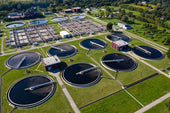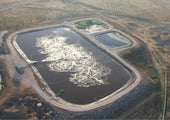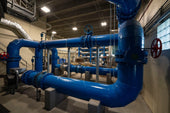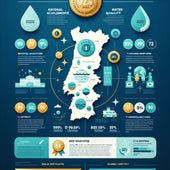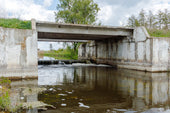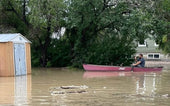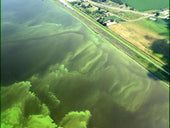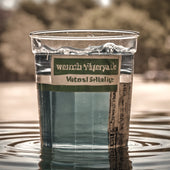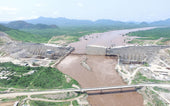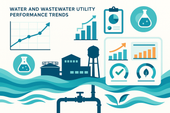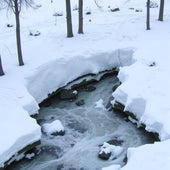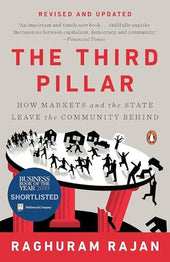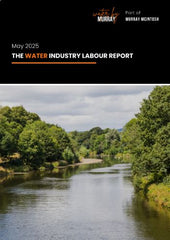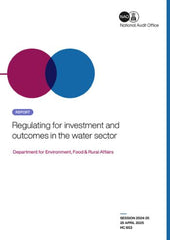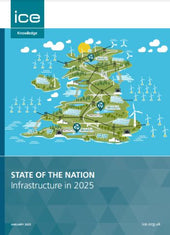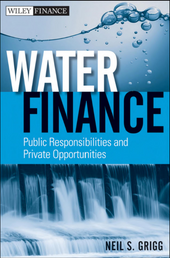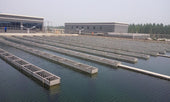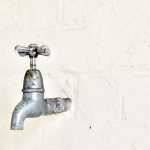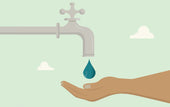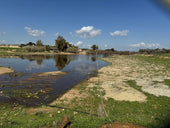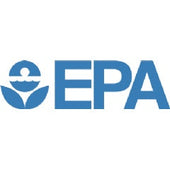
How a U.S. Government Shutdown Could Impact Water Treatment & the Industries That Depend on It
When people hear about a government shutdown, they usually think of closed national parks, furloughed federal workers, or political gridlock in Washington. But one of the less obvious yet critical areas affected is water treatment and infrastructure.
Water is more than just what comes out of your faucet. It’s the backbone of public health, agriculture, manufacturing, power generation, and even the local coffee shop down the street. When federal oversight and funding pause, the ripple effects can be bigger than most people realize.
Here’s a breakdown of what could happen to water systems, businesses, and communities if the federal government shuts down
Why the Federal Government Matters for Water
Normally, the Environmental Protection Agency (EPA) and related federal programs play a behind-the-scenes but essential role in keeping our water safe and systems running:
-
Setting & enforcing water quality standards
-
Providing funding for infrastructure upgrades
-
Inspecting treatment facilities & industrial discharges
-
Supporting cleanup of hazardous waste sites
-
Offering technical guidance, especially to smaller utilities
During a shutdown, many of these activities slow down or stop altogether, since only a small percentage of staff stay on for emergencies. That doesn’t mean water stops flowing, but it does mean fewer safety checks, delayed projects, and reduced oversight.
What a Shutdown Could Mean for Water Treatment
1. Delayed Projects & Upgrades
Water utilities often depend on federal grants and loans for big-ticket projects like replacing old pipes or upgrading treatment plants. If funds are on hold, construction timelines get pushed back, sometimes for months. For communities with aging systems, that delay can make existing problems worse.
2. Reduced Testing & Oversight
Routine inspections and lab testing help catch contamination issues before they become public health threats. With fewer staff and resources, some of that monitoring pauses. While emergencies still get priority, smaller issues might slip through the cracks.
3. Pressure on Small Utilities
Large city utilities often have reserves and in-house expertise. Smaller or rural systems? Not so much. Without federal support, they may struggle to stay compliant with regulations or handle sudden equipment failures.
4. Cybersecurity & Operations Risks
Modern treatment plants rely heavily on digital systems. Federal agencies often help coordinate cybersecurity and infrastructure protections. A shutdown weakens that safety net, leaving utilities more on their own at a time when cyber threats are growing.
Ripple Effects on Other Sectors
Water connects to everything. If treatment systems are stressed, here’s who else feels it:
-
Manufacturing & Industry: Clean water is needed for cooling, production, and chemical processes. Extra costs for treatment or delays can hit productivity.
-
Agriculture & Food Processing: Farms and food producers rely on steady, safe water. Contaminated or unreliable supply can affect crops, livestock, and food safety.
-
Healthcare: Hospitals and labs can’t function without high-quality water. Even small disruptions pose risks.
-
Public Safety: Firefighting, sanitation, and wastewater management all rely on a consistent supply. Any instability here can create serious community-level risks.
-
Local Economies: From breweries to recreation businesses that depend on rivers and lakes, water disruptions affect tourism, dining, and small business revenue.
How Bad Could It Get?
The actual impact depends on a few key factors:
-
Length of the Shutdown: A few days may cause minor delays. Weeks or months could mean stalled projects, compliance gaps, and higher risks.
-
Emergency Exceptions: Life-and-safety issues usually still get addressed, but non-urgent work piles up.
-
State & Local Capacity: Well-funded state agencies may pick up some slack. Under-resourced areas are more vulnerable.
-
Backlogs Afterward: Even when the government reopens, catching up can overwhelm staff and delay progress further.
Building Resilience in the Face of Shutdowns
While shutdowns are outside the control of local water systems, there are ways to soften the impact:
-
Emergency funds to keep projects moving
-
Diversified funding sources beyond federal programs
-
State-level backup plans for inspections and monitoring
-
Local lab partnerships to fill testing gaps
-
Cybersecurity vigilance even without federal coordination
For communities, businesses, and utilities, the goal is to plan ahead so that a temporary funding gap doesn’t create long-term risks.
A government shutdown isn’t just a D.C. problem; it has real consequences for water quality, infrastructure, and the industries that rely on it. While water will still come out of the tap, the systems that keep it clean, safe, and reliable are more vulnerable during a federal pause.
For people juggling busy lives, this isn’t another abstract political headline. It’s about the hidden infrastructure that makes daily life possible, from your morning coffee to the factory jobs in your city. When shutdowns happen, it’s not just politics at play; it’s public health, local economies, and community resilience.










